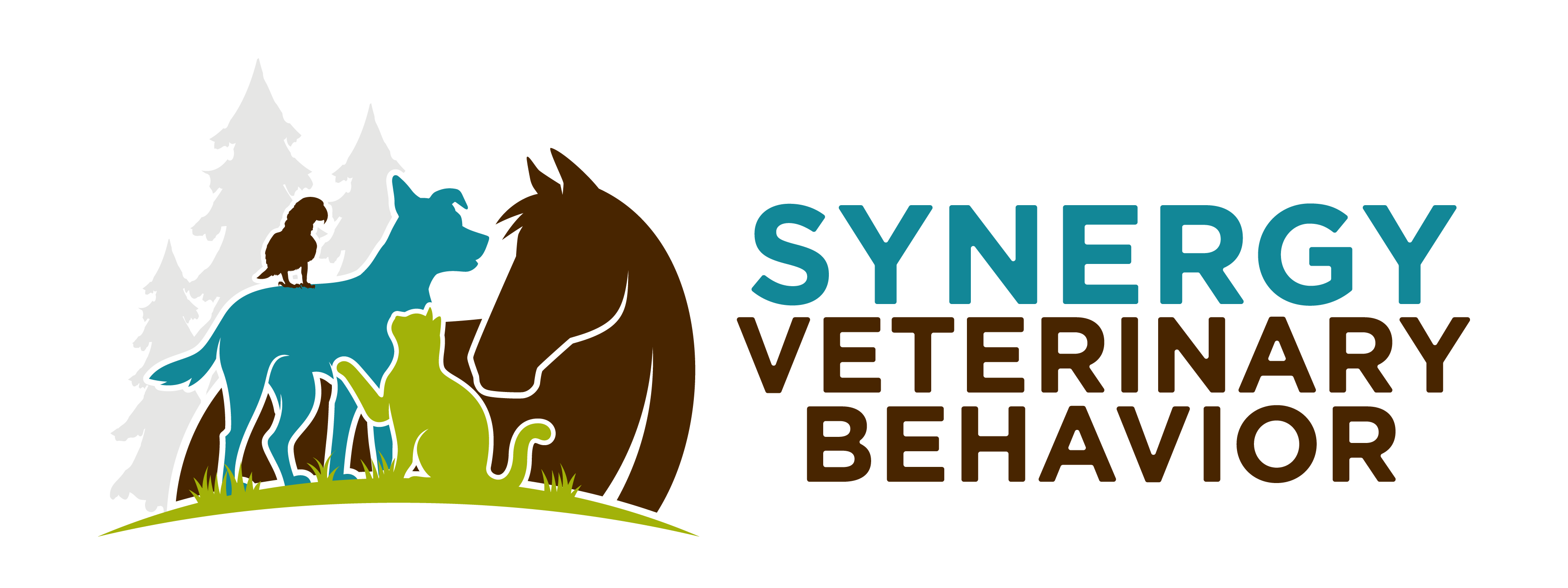When working with clients, I am often asked about the body language of the dogs that we are working with. One question that comes up, particularly with those who have some background in behavior and training, is about whether the behaviors (yawning, licking lips, turning away, sniffing the ground, panting, full body shake-offs, etc.) we are seeing are…
- Calming Signals (popularized by trainer Turid Rugaas) which (using my own loose translation) are the signals that dogs use with each other to diffuse tense situations and communicate their desire to calm the other dog.Or…
- Signals of stress or of a post-stress response to an experience that has happened a short time ago.
Lip licking – an example
Defining these signals as “stress” or “calming” is really a matter of interpretation. For example, I have found that dogs will often lick their lips during or after (or at the peak of) a stressful experience. Drooling is a physiologic response to stress and it is my belief that dogs lips their lips when there is an excess of moisture formed there from the stress they experience.
Some dogs will also lick their lips after drinking or when treats are nearby, so context is important. If however, they do this each time after being petted – the petting may be stressful for them.
Yawning – a second example
One interpretation would be, when approaching a second dog, a dog may be showing signs of stress that the second dog picks up on and reflects back at them with increasingly tense body language. When the first dog sees this, their caution is confirmed and their stress level peaks, leading to yawning. The other dog disengages (for whatever reason) and the pressure is taken off.
Turid Rugaas’ (calming signals) interpretation would be, a dog (the first dog) approaches another dog and senses the second dog’s anxiety in their body language. The first dog shows a calming signal to help relax the second dog. The dog reciprocates and the situation diffuses itself.
Final thoughts
In my experience, I have seen the yawning taking place in many situations where (in my mind) “calming” would not appear to be the objective. A dog had their paw handled for nail-trimming…a dog gets petted on a sensitive area of their back…a person played too vigorously with them, etc.
Regardless of the interpretation, the important thing is to recognize the signs of stress in your dog and take steps to help them become more comfortable with the experiences they find worrisome.
When you see these signals being made after something that is done with them, stop and make a note of what was taking place. Later on, consider whether you see a pattern of the same signals being shown for the same life situation. If so start working with your rewards-based dog trainer or behaviorist to gradually desensitize and counter-condition your dog to reduce their stress.
Yawning dog image © Sun Brockie at Flickr Creative Commons
